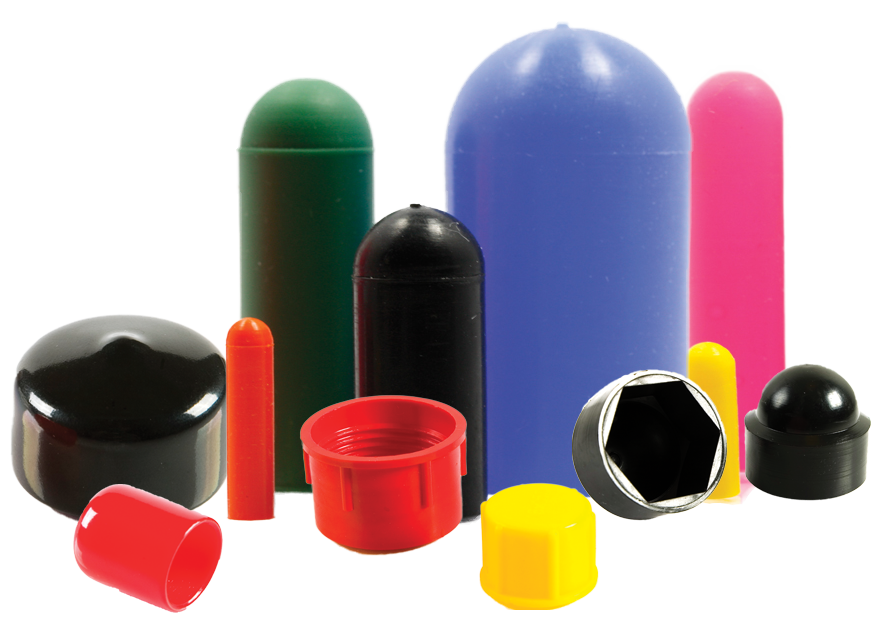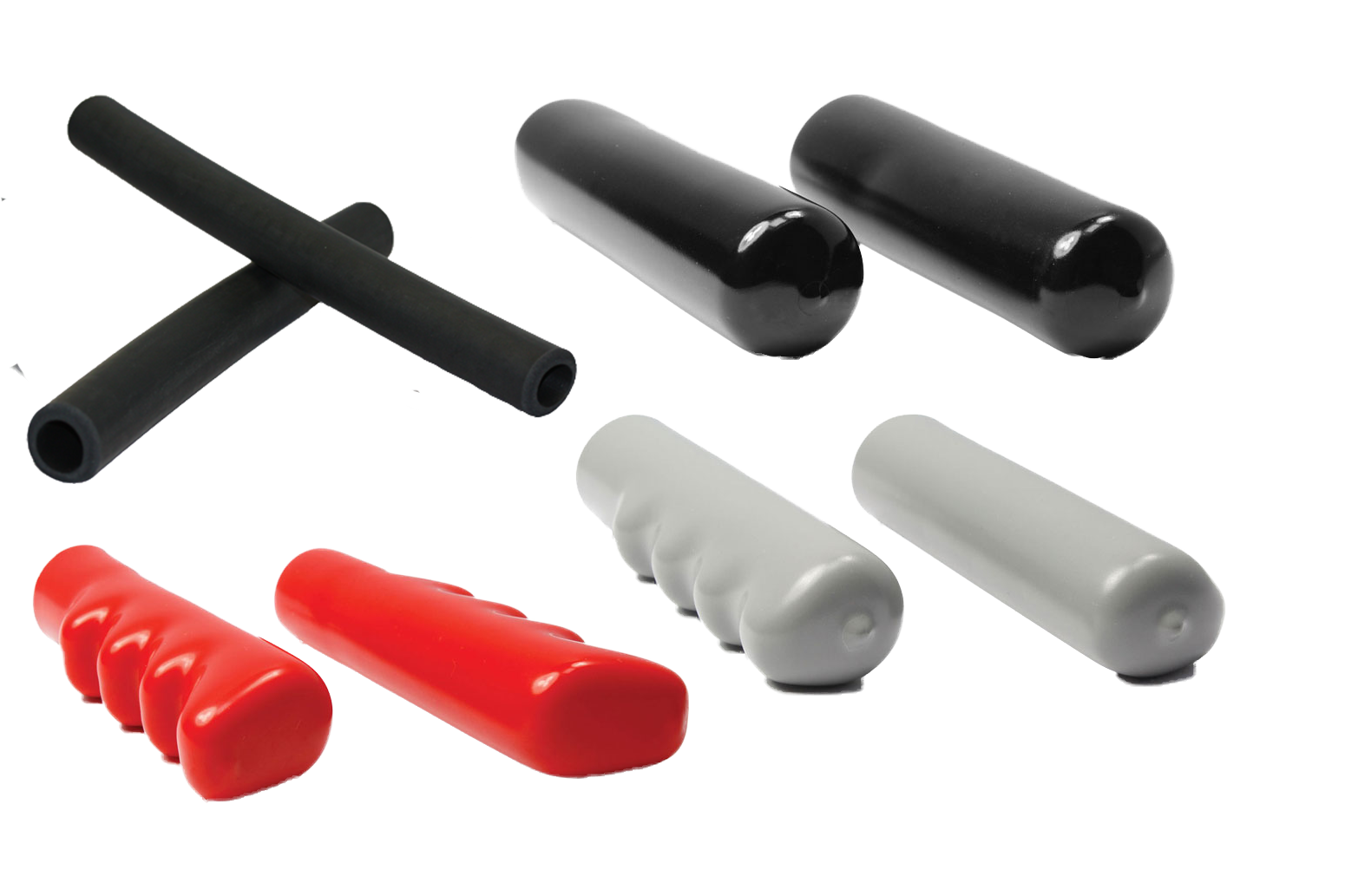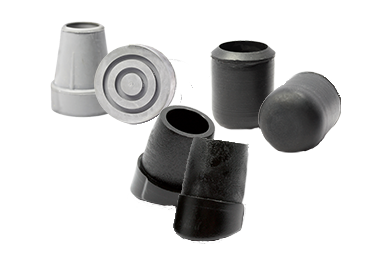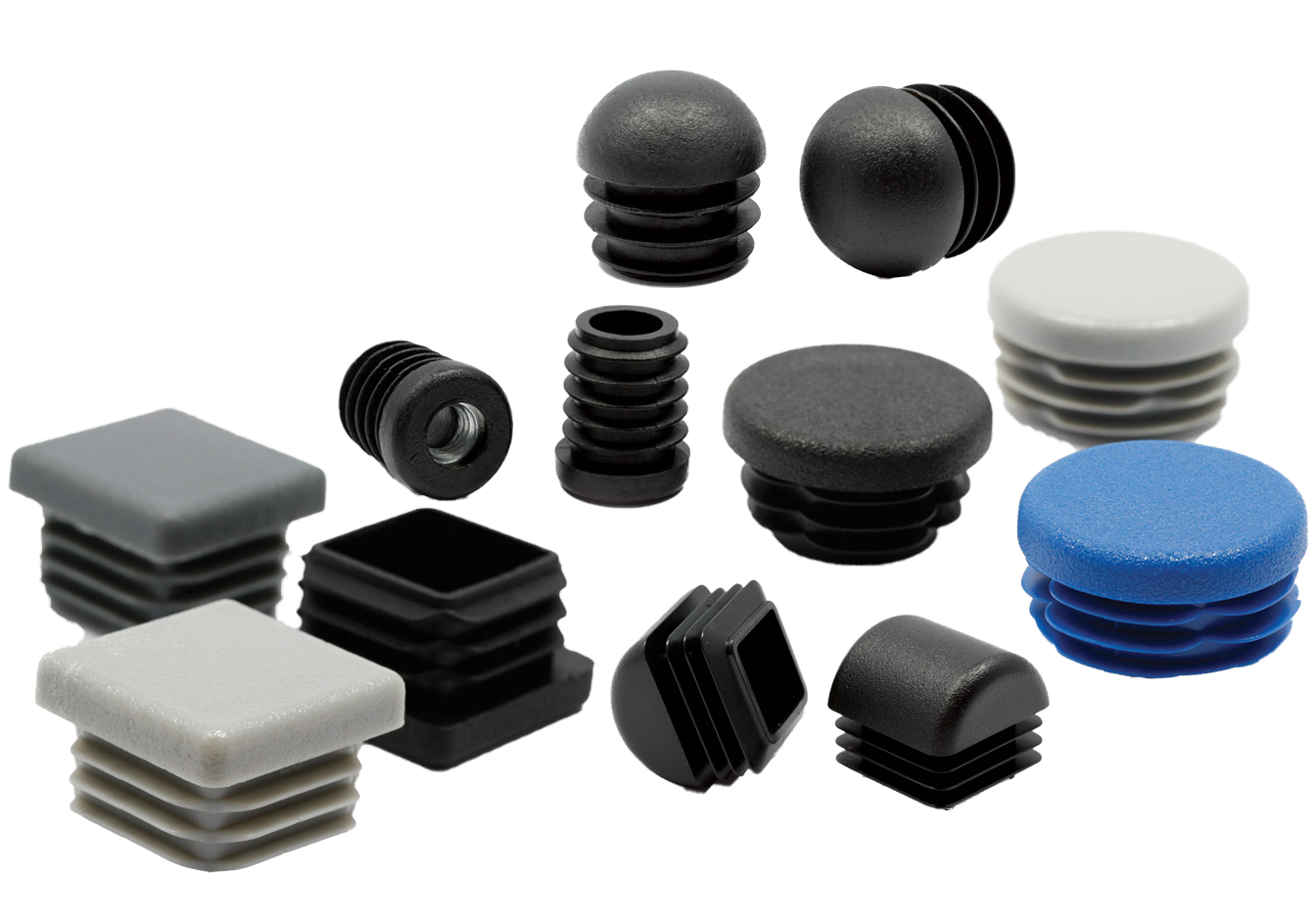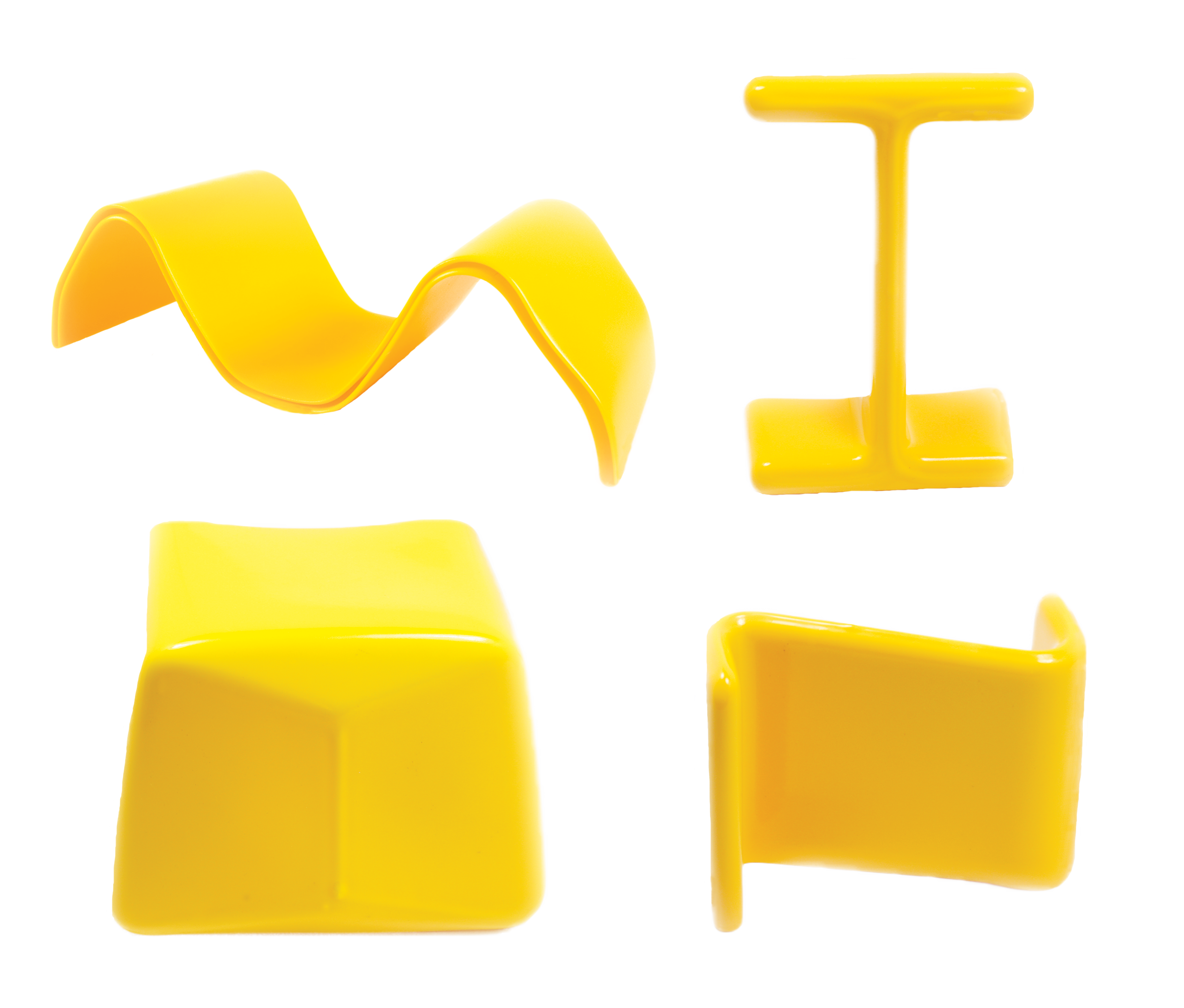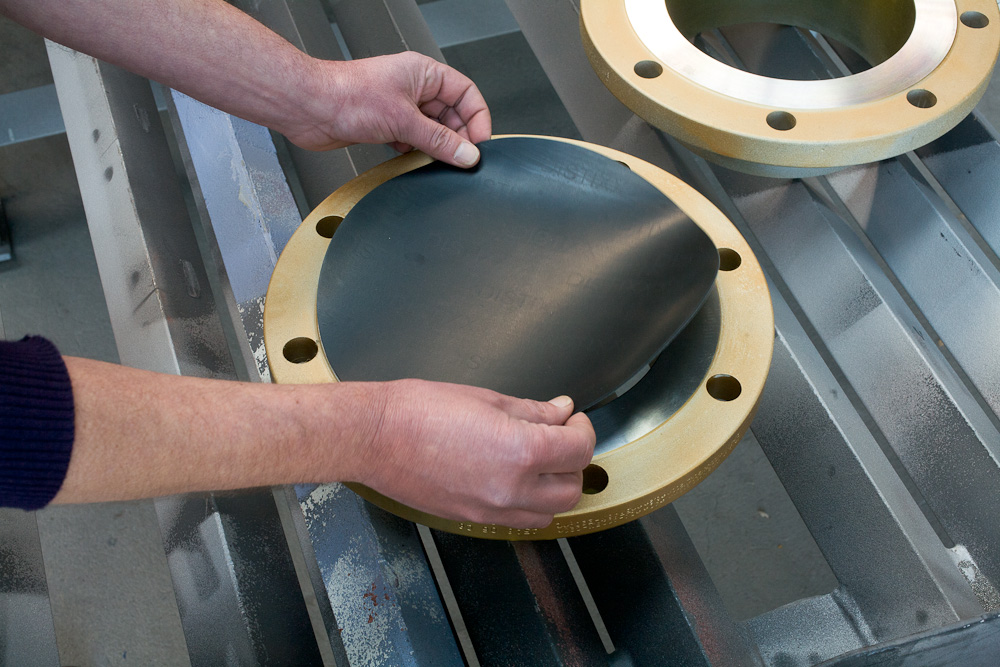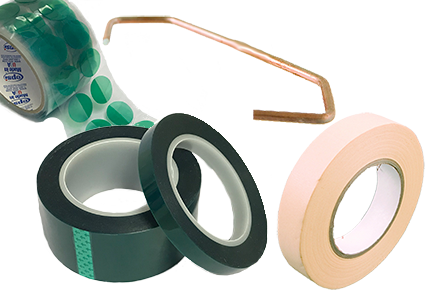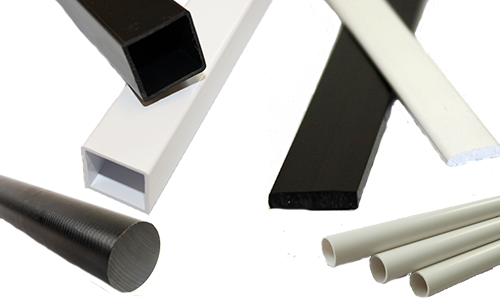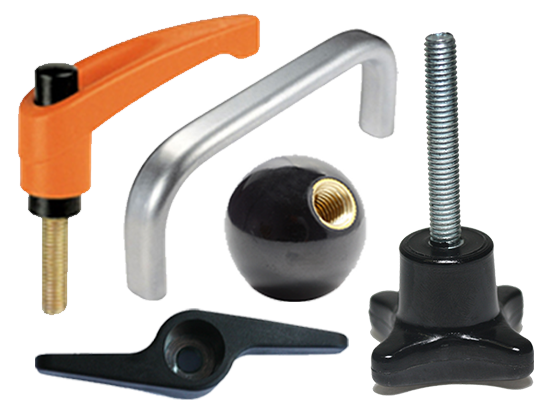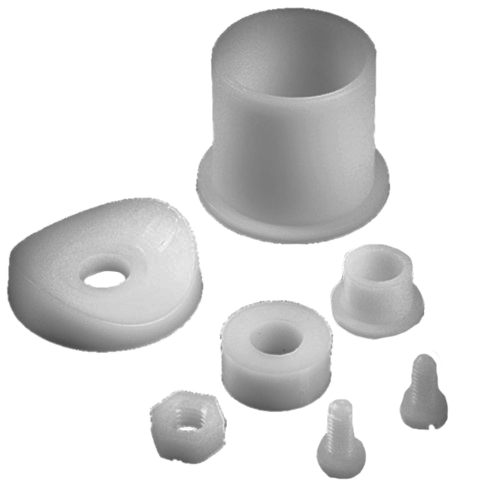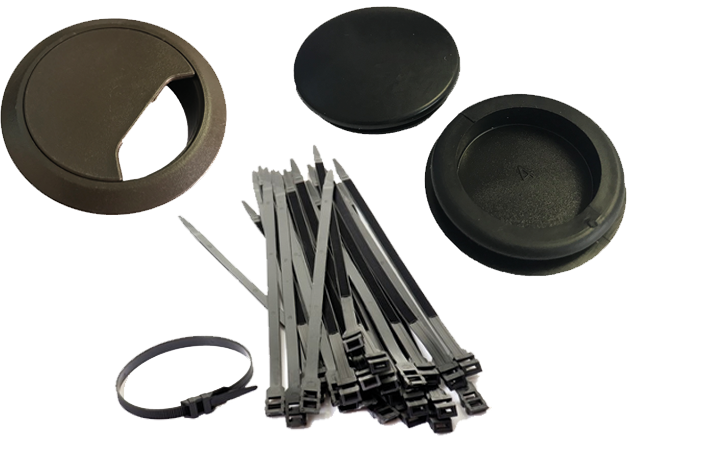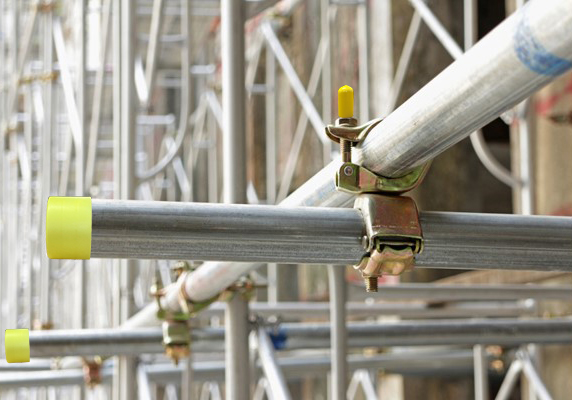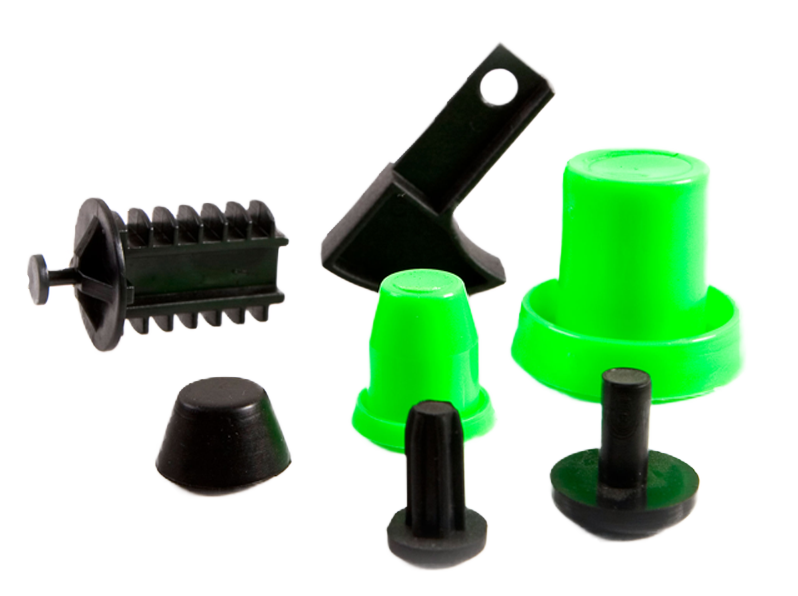LOOK AROUND. THEY'RE EVERYWHERE!
Next time you fill your shopping trolley, it’s likely it will contain seven different types of plastic. Could you identify each type? Probably not – it’s not something most of us think about daily. However, with many households now having recycling bins and regularly setting them out for collection, it's important to understand what we're actually recycling. It’s good for the community, good for the environment, but is it enough?
While recycling efforts are commendable, they are not without issues. Some argue that plastic itself is the problem, but others believe that improved recycling methods can make a significant difference. To get to the root of the problem – and the solution – we first need to identify the seven different types of plastic.
You’ve likely noticed the triangles formed by arrows with numbers inside them on plastic items. These numbers correspond to the type of plastic or resin used, indicating how to properly dispose of them. In case you hadn’t noticed, on each specific category page we place the recycling code image, to assist you when purchasing our products.
Types of Plastics, Their Primary Uses, and Properties
PET - Polyethylene Terephthalate
Uses: Food, drink, and packaging
Properties: Most recycled plastic worldwide
HDPE – High Density Polyethylene
Uses: Shopping bags, milk jugs, lids, and shampoo bottles
Properties: Resistant to moisture and chemicals
PVC – Polyvinyl Chloride
Uses: Building and construction, wiring, plumbing and electrical cable insulation, and packaging
Properties: Resistant to chemicals and weathering
LDPE – Low Density Polyethylene
Uses: Sandwich and bread bags, bubble wrap and cling film
Properties: Softer and more flexible than HDPE
PP – Polypropylene
Uses: Straws, prescription bottles, food containers, packaging tape, disposable nappies, and more
Properties: Most durable type of plastic, heat resistant and flexible
PS – Polystyrene
Uses: Takeaway food containers, cups, egg cartons, shipping and packaging products, and building insulation
Properties: Low-cost and insulating
Other Plastics
Uses: Any plastic not identified by the first six classifications. Common examples are polycarbonate (PC) and Poly Lactic Acid (PLA)
Properties: Often a combination of the first six types of plastics. Used in some food packaging, multi-layer bags for food freshness, automotive components, electronics like TV/computer screens, and Lego bricks.
This list is a good starting point, but it’s worth noting that formulations can be modified to create variations. Like baking a cake, where you start with flour (plastic resin) and add ingredients like eggs, butter, and colour to achieve different results, plastic resins can be adapted with additives to make them softer, more flexible, or more resilient.
Plastic is typically manufactured from by-products of natural gas or petroleum, which are refined into ethane and propane. These molecules are then chemically converted into resin. This process, much like cooking a cake, requires varying temperatures and times. Unlike alternatives like aluminum or glass, the adaptability of plastics makes them ubiquitous in our lives.
Currently, petroleum and natural gas-based products are the primary ingredients in plastic manufacturing. However, alternatives from renewable resources such as plants are emerging. These plant-based plastics are chemically and physically identical to their petroleum-based counterparts. Bio-PET and Bio-PVC plastics are already in development, with multi-billion-pound investments driving their scale-up. Soon, the most common plastics for both single-use and multi-use items will be as sustainable as growing plants and trees. These bioplastics are both recyclable and renewable.
So, what do we do in the meantime? As the series develops, we’ll explore current recycling options and the truth about recycling today.
By understanding the different types of plastics and their properties, we can make more informed decisions about recycling and disposal. Stay tuned for more insights on how we can all contribute to a more sustainable future. Up next in series 2, we will be discussing Crude Oil…



